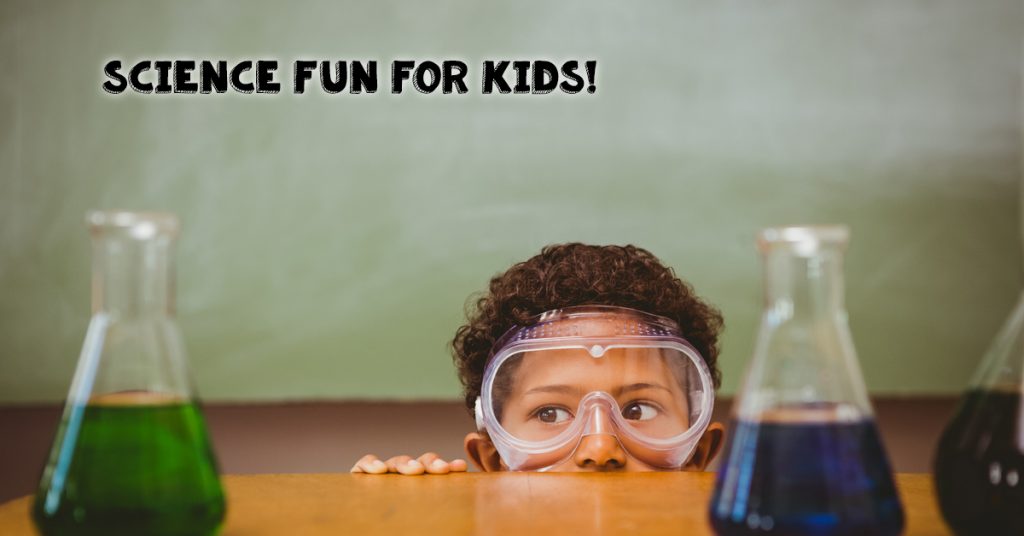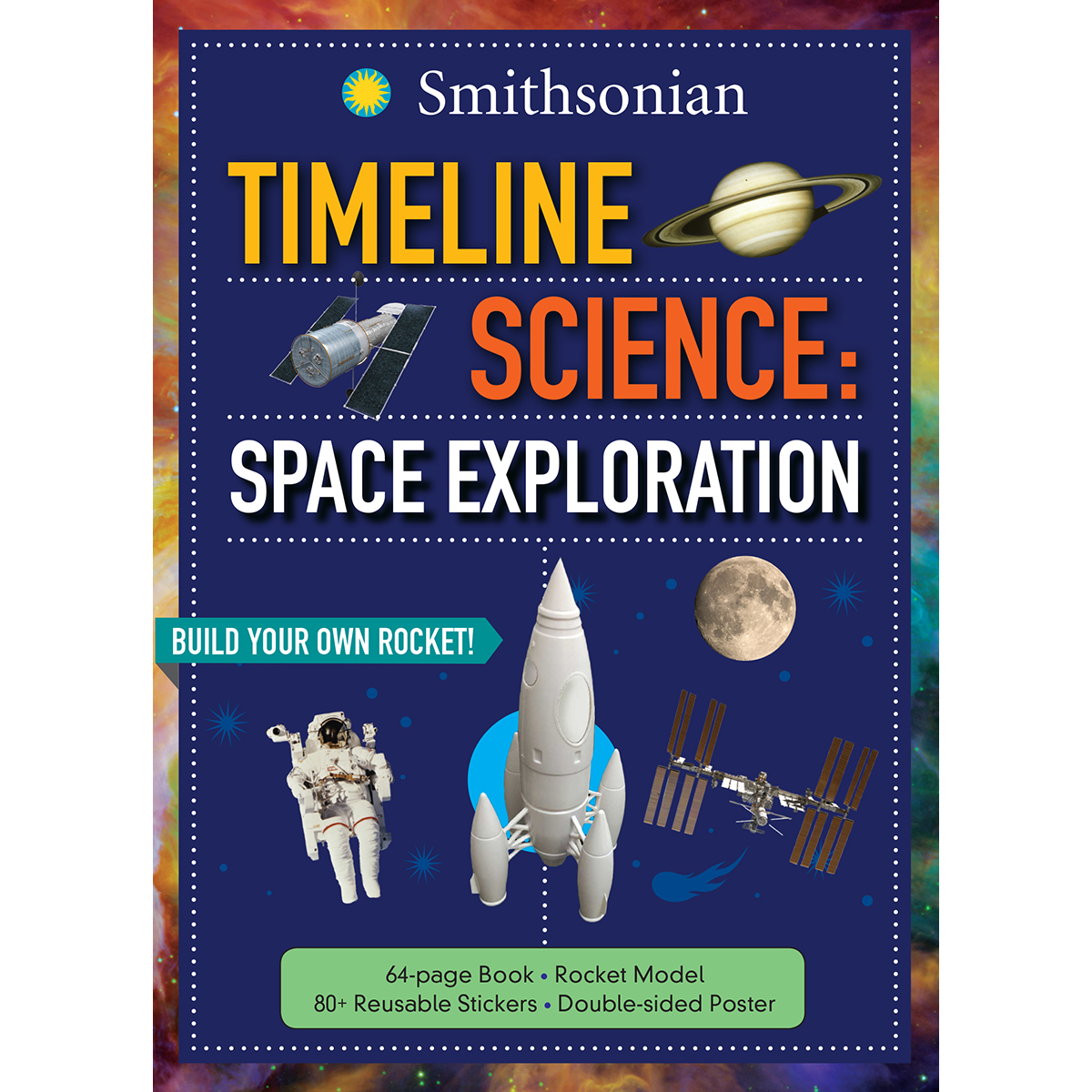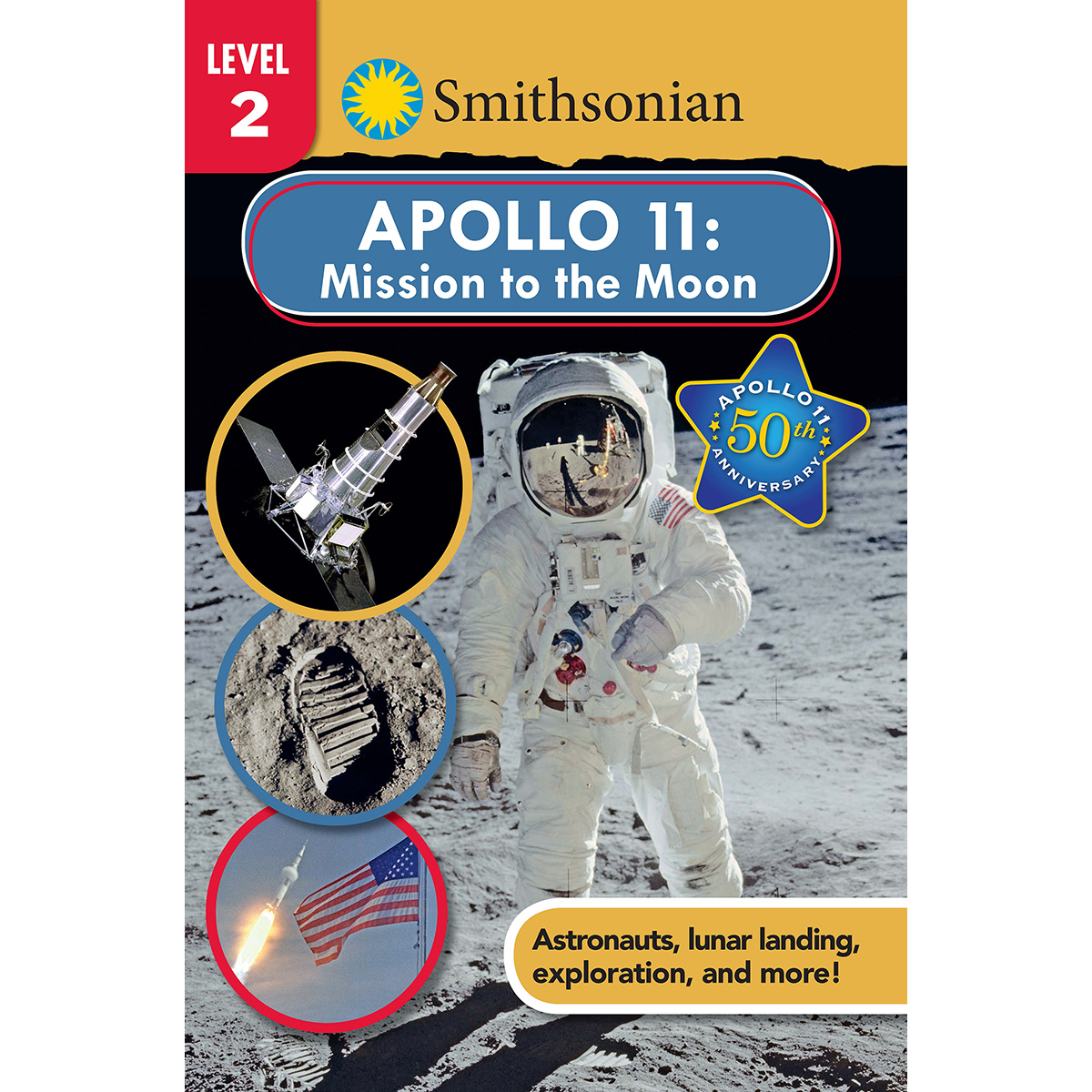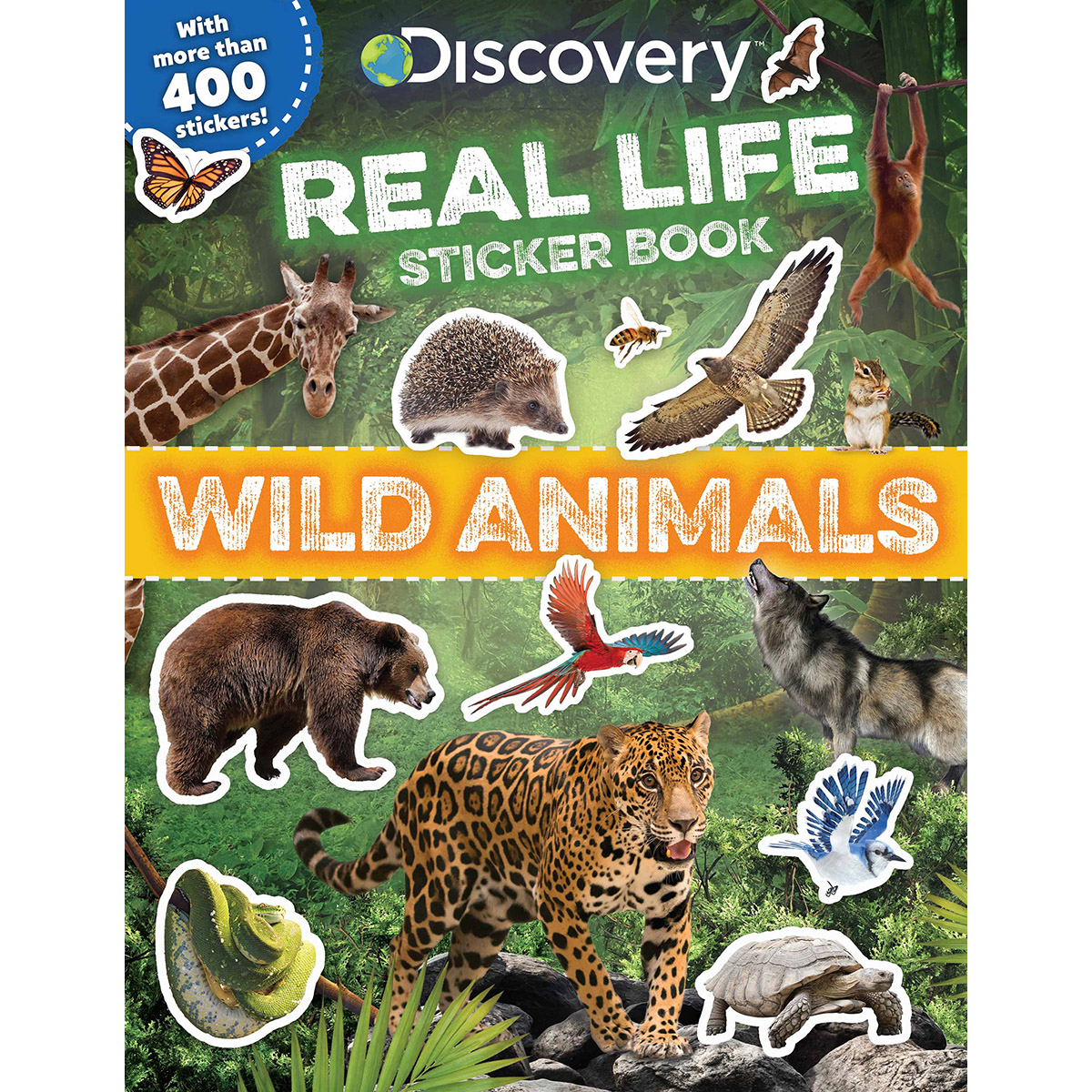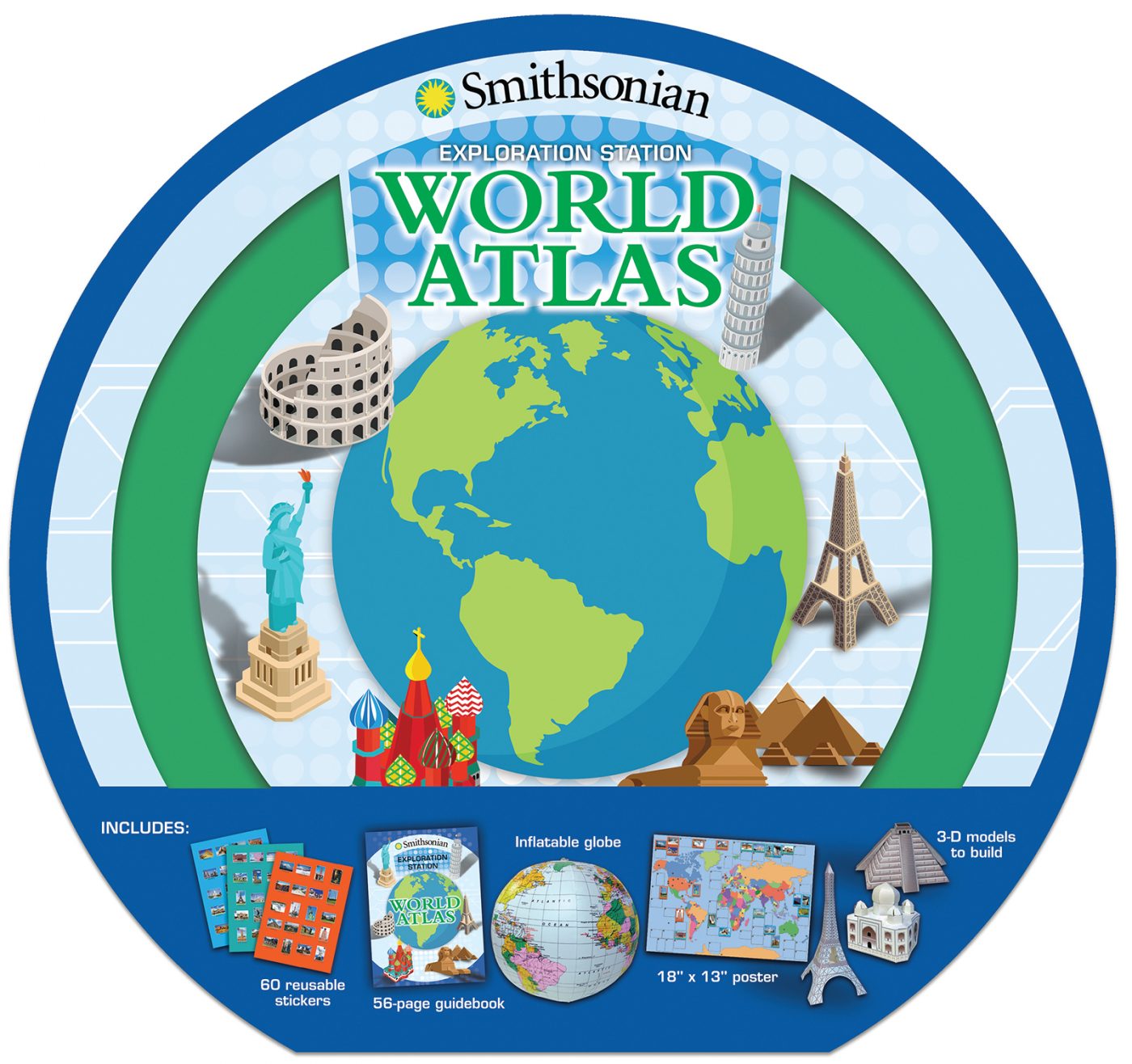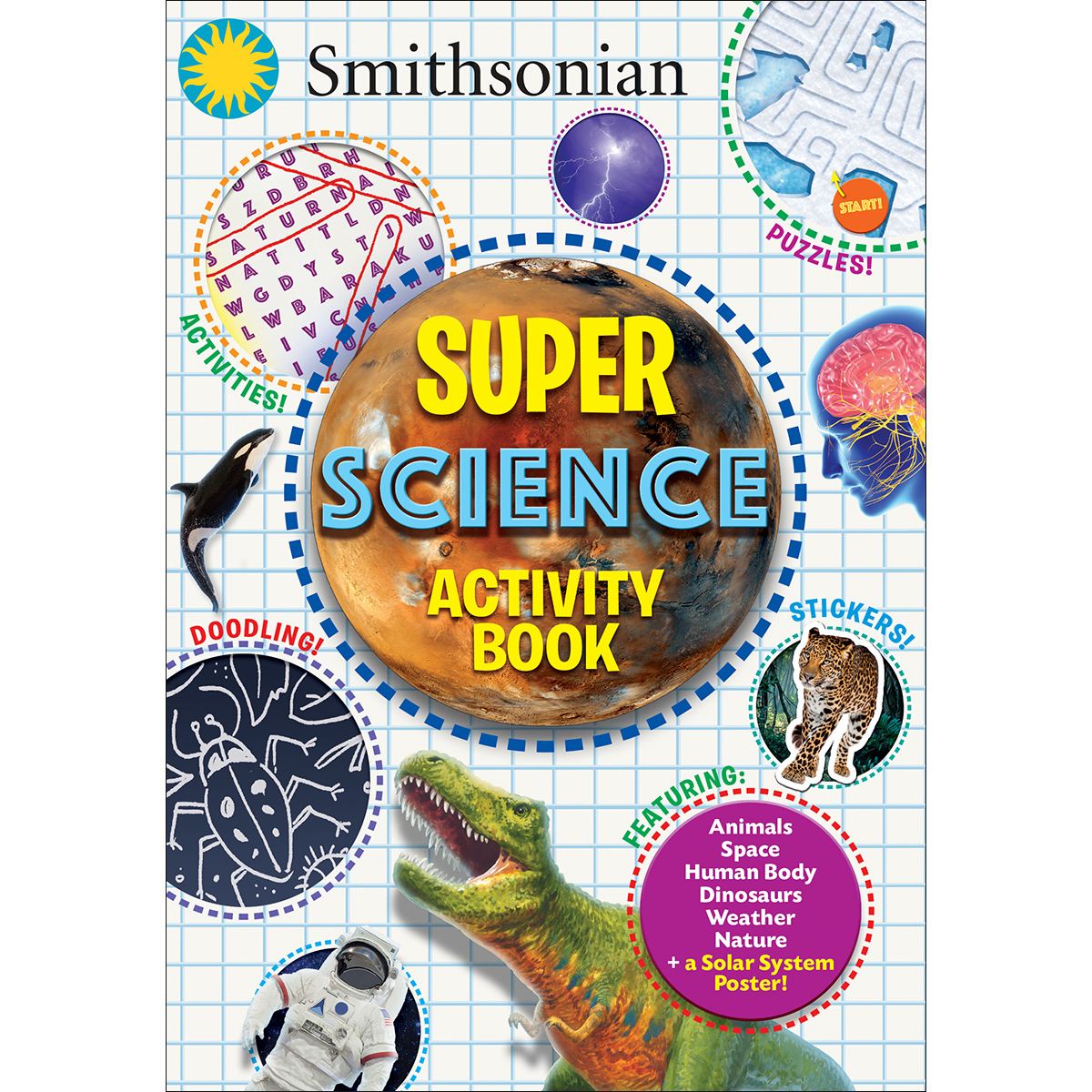School will be starting back up soon, so it’s time to get the kids back into “learning mode.” But it’s also important to enjoy these last bits of summer with some fun projects. As is the Silver Dolphin way, these experiments check both boxes—they’re educational AND fun!
Swoon at the Moon
Don’t all kids love an excuse to stay up way past their bedtime? This activity requires them to stay up and hang out into the night-time, because that’s where the Moon lives. Grab Timeline Science: Smithsonian Space Exploration and Smithsonian Reader: Apollo 11: Mission to the Moon for inspiration (or to generate a list of things you and your kids could observe about the Moon), head outside when it gets dark, and look at the Moon. Write down and talk about what you see, such as its surface features and what part of its cycle it’s in.
Go on a zoo safari
If you’ve got kids and you’re lucky enough to live in a city with a zoo, you’ve probably made the trip once or twice. But instead of roaming around and just looking at the animals, raise the stakes: Make animal spotting into a scavenger hunt. Using Discover Real Life Sticker Book: Wild Animals as a guide, have your kids peel off and place stickers of animals, as they find them, into the correct habitats. (Slightly older kids could bring along a map from Smithsonian Exploration Station: World Atlas and check off the countries of the world when they find an animal from that part of the globe.
Check out our Learning Activities for the Zoo blog post for even more ideas!
Roll the bones
Is there anymore quintessential museum experience than going into a grand room and gazing up at a giant dinosaur skeleton? Give your kid that experience, or just check out whatever fossils and relics are on display at a natural history museum, and then go home and apply that knowledge. With Timeline Science: Dinosaurs, they can find fun facts about the stuff they just saw…and build their own mini T.rex skeleton!
Have a fruitful time
How things grow is one of the most familiar and accessible forms of science. And summer is a great time to interact with the world of plants, those things that grow in the ground. Embrace this part of science by visiting a local berry farm. Not only can you grab your own cherries and berries, but you can look at the trees and bushes where they come from, and see the fruits in various stages of growth. Or you could start up a garden in the backyard or in containers, taking care to research the kind of plants that best grow in your area.
Have an at-home science fair
Everybody—kids and parents—have to build a little project to demonstrate a fascinating aspect of science. Here’s one to get you started: “The Instantly Frozen Ice Pop Trick.”
Place an ice pop (an Otter Pop, Flav-R-Ice, etc.) in the freezer, and remove it when it’s really cold, but not yet frozen. Then, smack it on the kitchen counter. Instantly, the ice pop completely freezes. (Or, flick the coldest part with a finger and watch as the whole tube rapidly freezes over.) What’s happening here is called nucleation. The liquid is very cold, and below its freezing point but it hasn’t yet solidified. Agitating it through a smack or a flick urges the molecules to form into crystals, which the liquid molecules then latch onto, freezing along the way.
Incorporate an activity book
Check out Smithsonian Super Science Activity Book for some more science fun! With 96 pages of activities, stickers, and a solar system poster, kids are sure to be science experts with the Smithsonian!
You can get started and try some activities from the book here.
© 2019 Discovery Communications, LLC. Discovery™ and the Discovery™ logo are trademarks of Discovery Communications, LLC, used under license. All rights reserved. discoverykids.com
The Smithsonian name and logo are registered trademarks of the Smithsonian Institution. ©2019 Smithsonian.







